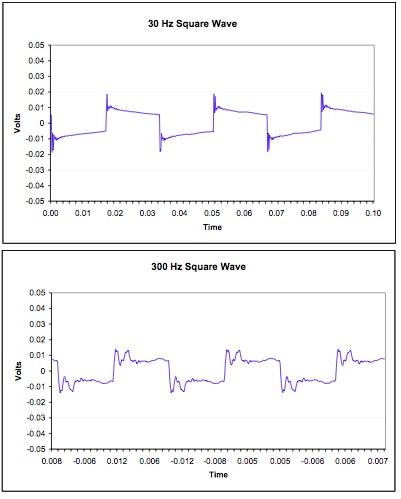rimrocks
Member of the Trade: Smyth Research
- Joined
- Jan 1, 2008
- Posts
- 25
- Likes
- 11
Quote:
It could also be true that the repeatability of positioning headphones on your own (real) head is greater (ie less deviation) than positioning headphones on a dummy head. When we wear headphones there's only really one good position - but that may not be so true for a dummy.
mike
| Originally Posted by rsaavedra /img/forum/go_quote.gif Treble is known to go beserk with each little tiny movement of the headphone on the dummy head, you've said it yourself, Tyll. |
It could also be true that the repeatability of positioning headphones on your own (real) head is greater (ie less deviation) than positioning headphones on a dummy head. When we wear headphones there's only really one good position - but that may not be so true for a dummy.
mike




































